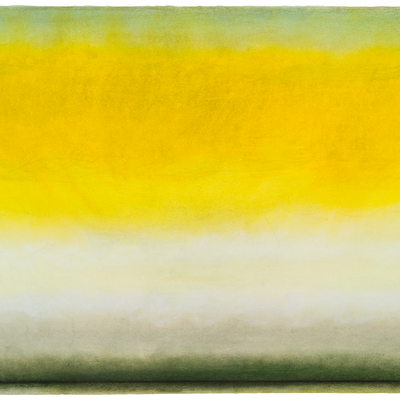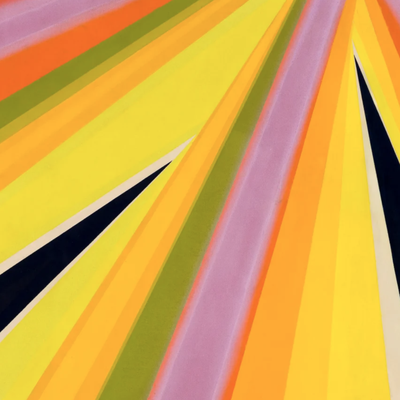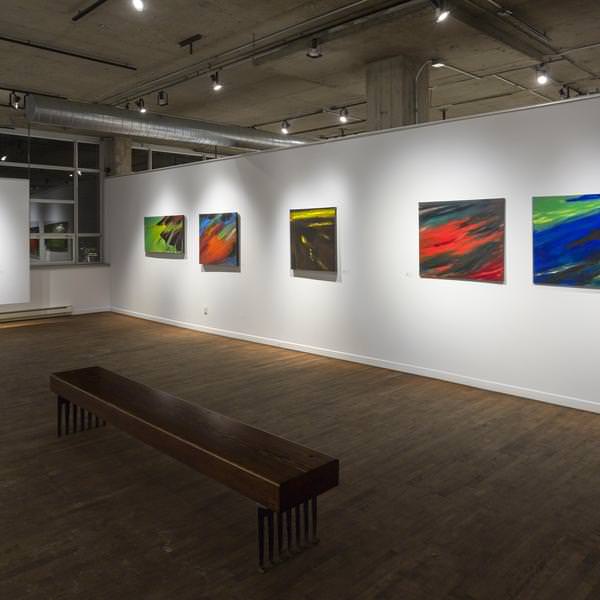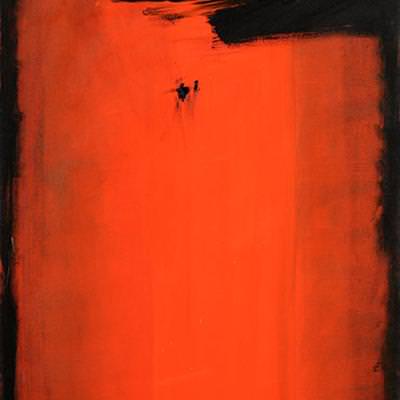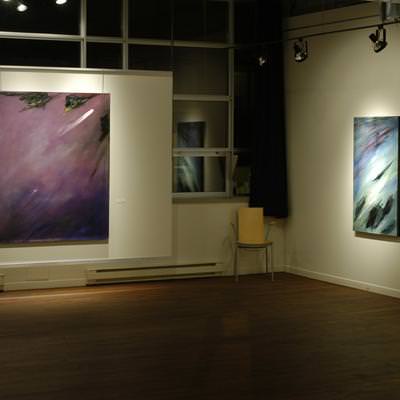The gallery is proud to announce its tenth solo exhibition devoted to the work of the artist Rita Letendre, which focuses on the extraordinary group of screen prints she created from 1967 to 1982. During her stay in California from 1965 to 1968, Letendre ventured to associate herself with new artistic circles, particularly in Los Angeles. It was there that she discovered printmaking and became acquainted with screen printing. She would also have a studio in New York in which she produced many prints.
That stay in California also saw her execute, in 1965, a huge outdoor mural entitled Sunforce, which would become one of the sparks of a major transformation of her visual approach. From that point on, the material vanished, taking gesture along with it. In creating that mural, Letendre realized that light’s intensity flattened the material effect of paint and, at that very time, became aware that the energy of her work had to stem from colour, rather than texture or painterly gesture. The shift from gesture and complexity towards simpler forms led her to create areas of flat colour, in which the emphasis within the painting lies in black and white, and then in colour.
Letendre thus embarked on geometric abstraction and developed what would become her trademark motif: in 1967, the first arrows appeared and with them began the artist’s most emblematic period. “Along those arrows, fine lines enhanced with additional colours play scales of vibrations. The lines cleave the space, stopping time.” Letendre would continue to create screen prints until the 1980s. Through this presentation of 25 original prints, the gallery shows the consistency and complementarity of her work in screen printing with her approach to painting.
Image: Burning Speed — 1967, edition of 20, silkscreen on paper, 9,75 x 17,75 in
About the artist
Rita Letendre was born in Drummondville in 1928. Following her studies in art, her work evolved through her association with various artistic movements, including that of Paul-Émile Borduas’ Automatistes. Her many exhibitions in Canada as well as abroad—she spent time in France, Italy, Israel and the United States before finally settling in Toronto in 1970—made her a key artist of the country’s post-war period. She was a recipient in 2010 of a Governor General’s Award and, in 2016, the Prix Paul-Émile-Borduas, the highest honour granted to visual artists in Québec.
